I published the 2025 edition of the ebook “Understanding Quantum Technologies” on September 29th, 2025. Since then, I regularly updated it with news, mostly related to new arXiv preprints. The update log is at the end of the book.
Like with each past editions since 2021, I wait about a month of beautifying and then publish the book on arXiv. The goal is to extend its “distribution” to a broader scientific audience.
It is now available on https://arxiv.org/abs/2111.15352, with the full version in Letter format, now containing 1,522 pages.
I will still continue to update the book on this website and provide it in multiple formats: A4 and Letter, full version, of full version split in 5 parts, and a key takeaways version of 36 pages in both A4 and Letter formats. I always recommend readers to download the last edition of this book.
As a reminder, here are some new parts in this version of the book worth the interest for quantum scientists and technologists:
- An updated subsection on the energetics of quantum computing, focused on understanding the challenges of FTQC systems engineering. This is part of my role as cofounder of the Quantum Energy Initiative. I critically examine the scientific literature in the domain. I also compare the power consumption between future large FTQC QPUs and existing supercomputers, showing the wide range of expected power with a scale of 1 to 1,000. I’ll do a talk on this topic at the Q2B 2025 Santa Clara Edition the second week of December 2025.
- A new subsection on the effects of the Lieb Robinson limit, which revisits our understanding of entanglement in quantum computing. I explain the difference between non-locality and instantaneous correlations between measurement of quantum objects that are already entangled, and the speed at which entanglement, correlations and information propagate in such systems. This has many consequences on quantum computer systems and software architecture, particularly of large dimensions.
- More content on the economics of quantum computers: what is the price of these systems? Can we forecast how many units will be sold? Which country is selling these systems to which country?
- A thorough update on all quantum computing vendors scientific and technology approaches, like with IBM, Google, IonQ/Oxford Ionics, and many newcomers who may still be under the radar. These updates are filled with scientific references, not marketing fluff. I count over 80 vendors in that space, and even have half a dozen in the making, not yet appearing in the book.
- An improved framework on how to analyse quantum computing case studies and use cases. It helps cut through the current hype and understand what academics and industry users are really doing in that space. The software part of this book in 354-pages long and the most detailed available in the field of quantum software engineering. I’ll do another talk, on this topic, at the Q2B 2025 Santa Clara Edition the second week of December 2025.
- And as usual, updates on quantum communications, quantum cryptography, quantum sensing and quantum geopolitics.
- A bibliography with over 9,350 entries, spread by sections and subsections.
And, there’s a bonus, since this latest “arXiv” 8.1 version contains a new 7-pages section dedicated to the technical “making of” of this edition, explaining why and how I did migrate from Word to LaTeX to edit the book. I document this complicated journey and describe all the tools I used, or created, to handle this tedious migration. The result is nice, with a better looking book.
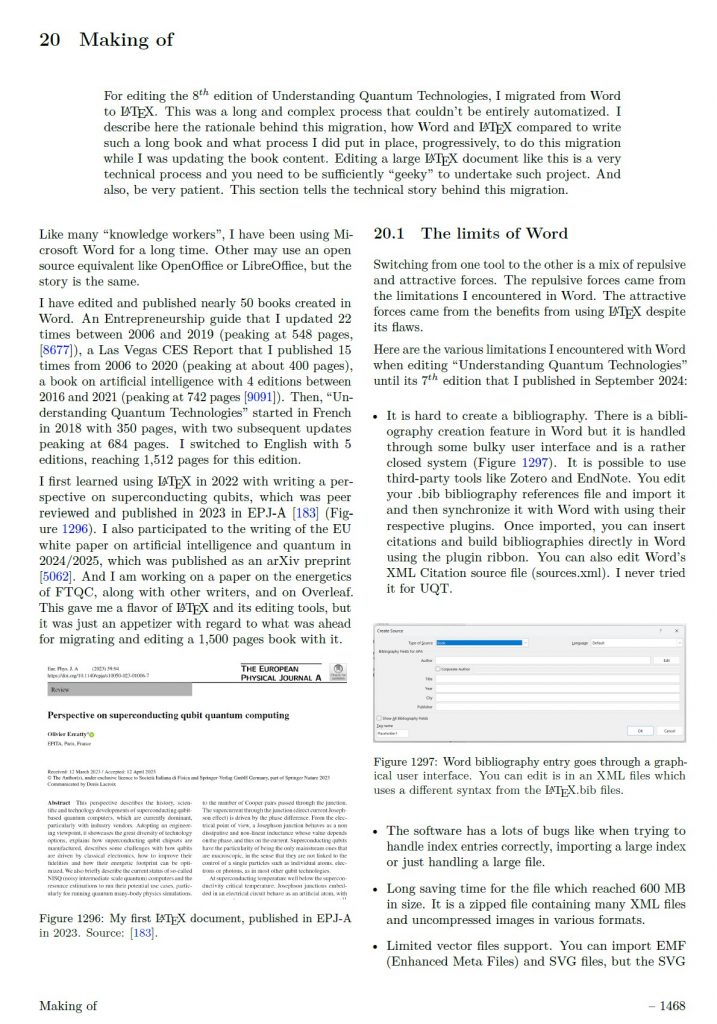
The next step in this usual endeavour is to publish this 2025 edition on Amazon KDP, in 5-parts. I’ll do that in November 2025.
![]()
![]()
![]()
Reçevez par email les alertes de parution de nouveaux articles :
![]()
![]()
![]()


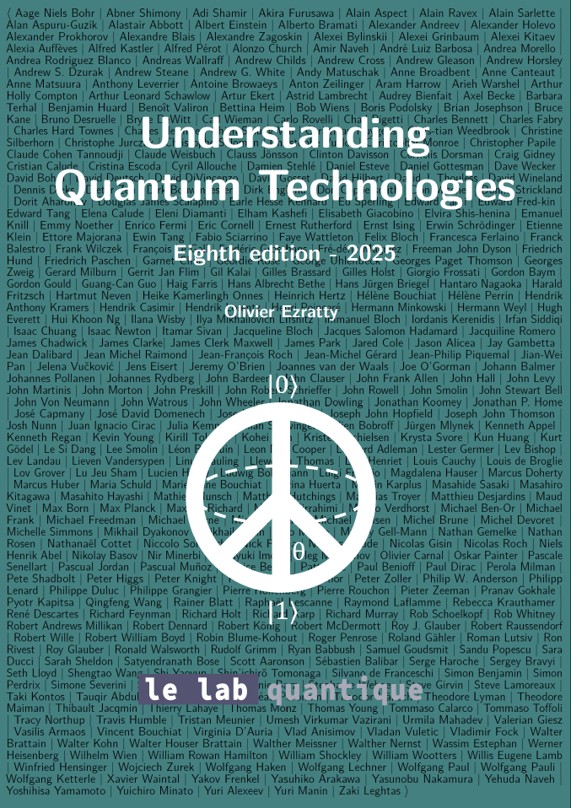
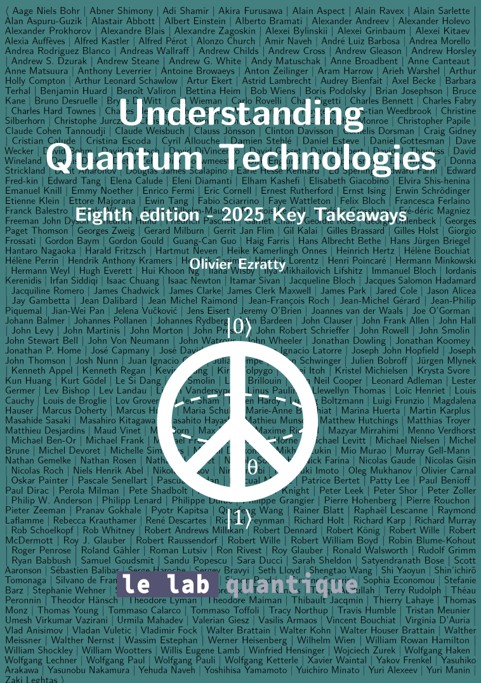


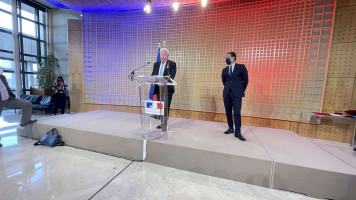

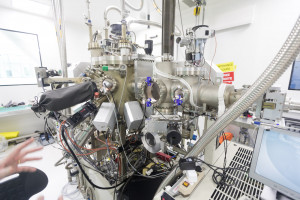


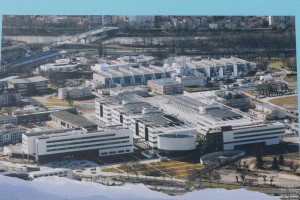




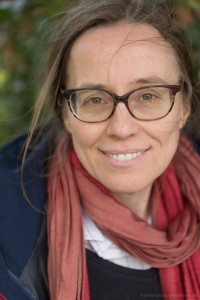

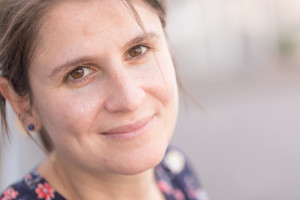


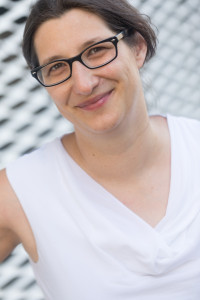
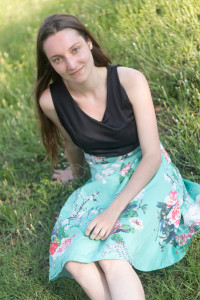

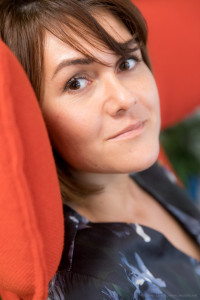




 Articles
Articles